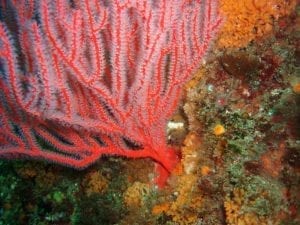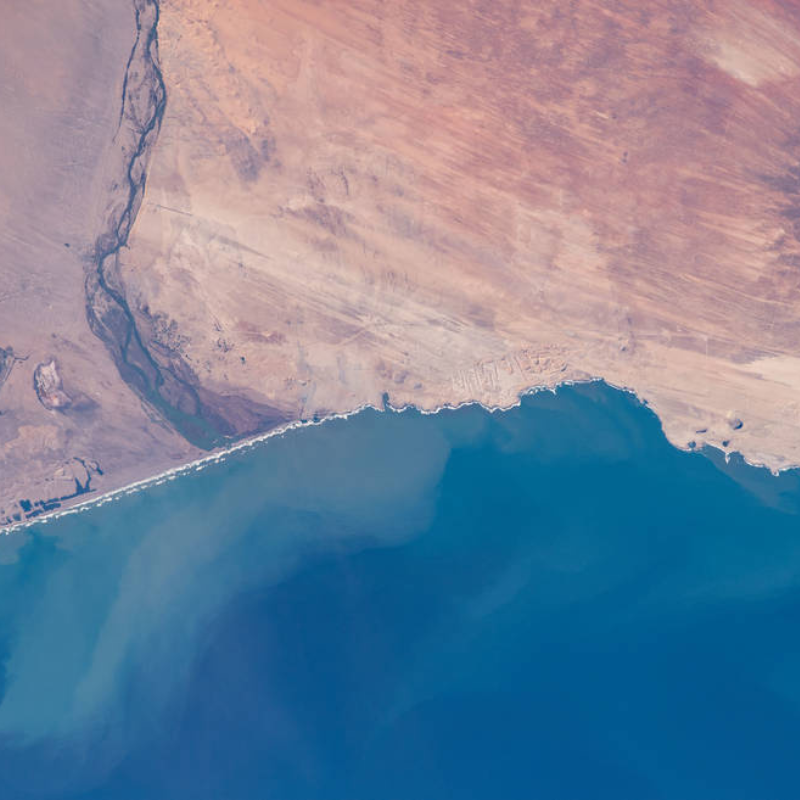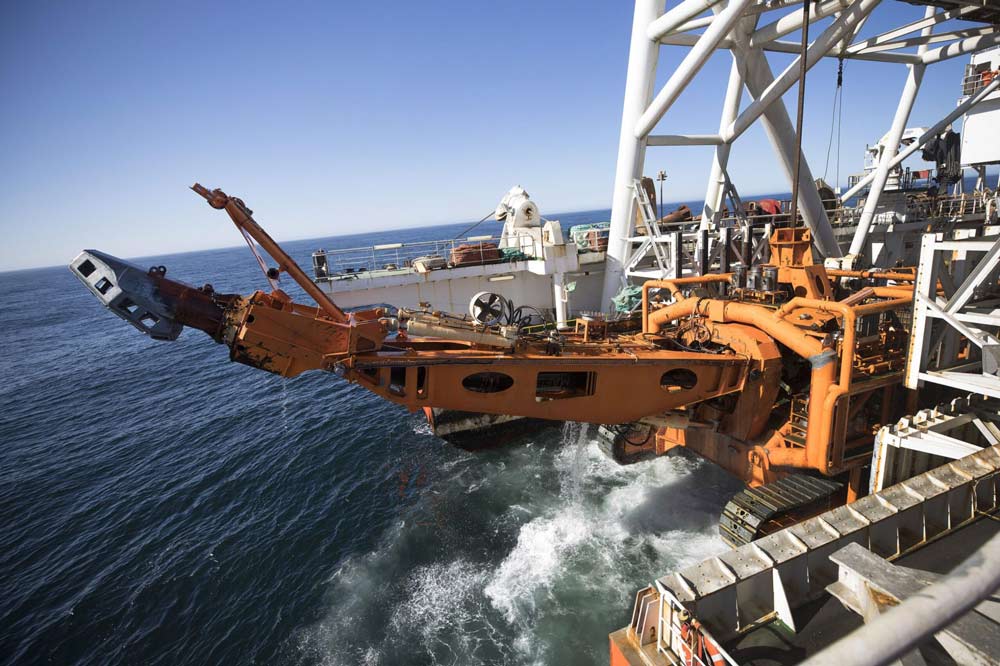Have you seen Blue Planet II? What an extraordinary series with amazing footage of the creatures and marine environment.
And did you spot the little statistic in the first programme, that plankton, sea grass and sea weed produce more oxygen than all the forests and grasslands on earth combined. This is how important the continuing good health of the seas is to us, as a species – it really is a matter of life and death!

Gorgonian Sea Fan
The amount that is NOT known about what goes on under the waves is vast. New discoveries are being made all the time, relating to new species and new behaviours, and did you see those dolphins rubbing against a Gorgonian sea fan? Scientists have discovered it has anti-inflammatory and anti-microbial properties, which the dolphins were clearly already aware of! Who knows what other species of coral or marine life are out there that could have a bearing on our health?
Protecting our marine environment is becoming increasingly high-profile, with recent campaigns to ban micro-beads, and a greater awareness of the damage plastic can do in the oceans, so it is interesting to note some new activity taking place below the sea’s surface.
In the last decade, the big diamond manufacturers have been investigating alternatives to mining diamonds, as the traditional sources of diamonds in the earth’s crust are running out. Diamond mines in Canada, Russia and southern Africa are reaching the end of their profitable lives, and alluvial mining, in the sediment of rivers, generally brings forth a less reliable supply of jewellery-quality stones.

The Orange River, Namibia
The Orange River marks the Southern border of Namibia, where it meets South Africa So, eyes have turned to the outflow of rivers that pass through diamond-rich land, with the first operations being set up around 10-30 miles off the coast of Namibia, where sediment from the Orange River is deposited. Diamonds that are dislodged from the areas upstream where diamonds are mined have been gradually washed out to sea, over hundreds of years, resulting in a concentration of millions of pounds-worth of reasonable-sized gems, which lie buried in a few feet of sediment, within a handful of miles of the shore.
De Beers is leading this industry, with a 50/50 partnership agreement in place with the Namibia government to create a marine diamond mining business which mined 150 million carats of diamonds off the shore of the country in 2015. They have recently signed a 50-year agreement with the Government of Namibia, to continue this mining, which is a vast amount of sea-floor they can get their hands on in the next five decades.
Mining diamonds under the sea is slightly different from mining them from the ground. The topography of the sea bed is scanned, and samples are taken and analysed, to establish the most profitable locations for extraction. This is carried out in a variety of ways, but the most effective is to use a submersible device, a crawler, that travels along the sea bed, connected to the processing ship above by a large umbilical cord. The crawler dredges along the sea bed, sucking up the top layers of sediment, in some cases using high pressure water jets to dislodge more hard-packed material. This is lifted, at a rate of up to 60 tonnes per hour, up the linking pipe to the ship above, where it is sorted. The entire process is automated, to remove the opportunity for theft as much as for efficiency, and the sediment is washed, crushed and filtered, with the diamonds being posted into sealed containers, which are removed from the ship several times a week. After the diamonds have been extracted, the sediment is returned to the sea bed.

The giant subsea "crawler" tractor - bloomberg.com
I’m sure you can see the pitfalls of such a system.
We will be looking more closely at the damage that can be caused by undersea diamond mining in the next blog in this series, but it’s worth considering that De Beers are attempting to market these marine diamonds as being somehow more environmentally friendly than those mined from the earth. But even their best new ship, the SS Nujoma (below) has been nicknamed by them ‘the butcher’. That gives you a clue about the real impact of their mining activities!
Continue reading here for part two in this series...
Sources:
http://www.imcbrokers.com/blog/overview/detail/offshore-diamond-mining
Read Next

Kelvin & Clare's Engagement Story | A Proposal On The Jurassic Cost
Kelvin proposed to Clare on the Jurassic Coast with an ethical Piper engagement ring sample on the way down to beautiful St Mawes, Cornwall. He then surprised her with an appointment in our Truro showroom, where together they picked out the beautiful lab-grown diamond Felicia ring.

Majid & Emily's Cape Town Proposal Story



